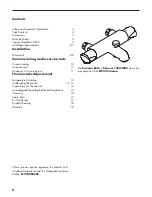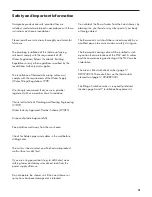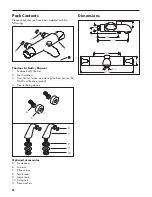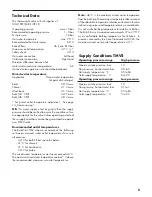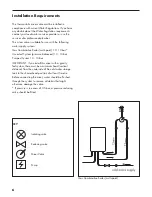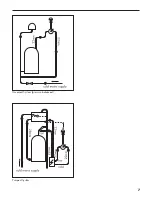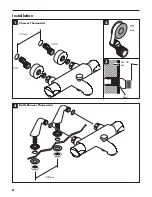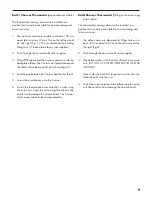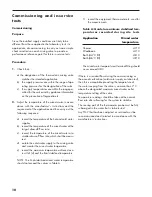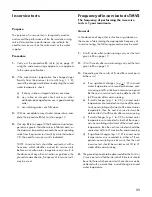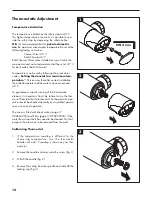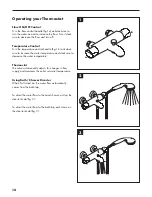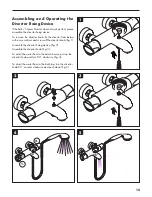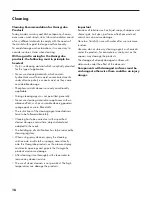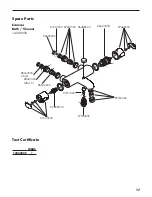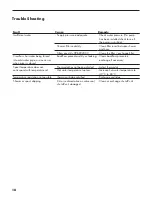
16
Cleaning
Cleaning Recommendation for Hansgrohe
Products
Today, modern sanitary and kitchen tapware, showers,
accessories, washstands, sinks, tubs and radiators consist
of very different materials to comply with the needs of
the market with regard to design and functionality.
To avoid damage and reclamations, it is necessary to
consider certain criteria when cleaning.
With regard to caring for the Hansgrohe
products, the following must in principle be
heeded:
• Only use cleaning material which is explicitly provided
for this type of application.
• Never use cleaning materials, which contain
hydrochloric acid, formic acid, concentrated caustic
soda, chlorine pale lye or acetic acid, as they cause
considerable damage.
• Phosphorus acidic cleaners are only conditionally
applicable.
• Mixing cleaning agents is not permitted, generally.
• Never use cleaning materials or appliances with an
abrasive effect, such as unsuitable cleaning powders,
sponge pads or micro fibre cloths.
• The instructions of the cleaning agent manufacturers
have to be followed absolutely.
• Cleaning has to be carried out with a specified
cleaner dosage, contact time, object-related and
adapted to the needs.
• The building up of calcifications has to be removed by
cleaning regulary.
• When using spray cleaners, spray the cleaning
solution onto a soft cloth or sponge, never directly
onto the Hansgrohe products, as the atomised spray
could enter openings and gaps in the Hansgrohe
products and cause damage.
• After cleaning rinse thoroughly with clean water to
remove any cleaner residue.
• The use of steam cleaners is not permitted. The high
temperatures can damage the products.
Important
Residues of toiletries such as liquid soaps, shampoos and
shower gels, hair dyes, perfumes, aftershave and nail
varnish can also cause damage.
Here too: Carefully rinse with water after use to remove
residues.
Likewise, do not store any cleaning agents or chemicals
under the products, for example in a vanity unit, as the
vapours may damage the products.
The damage of already damaged surfaces will
deteriorate under the effect of the cleansers.
Components with damaged surfaces must be
exchanged, otherwise there could be an injury
danger.

